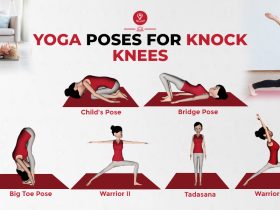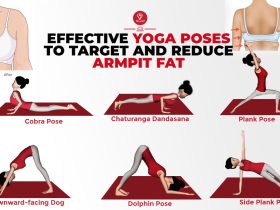
Dahn Yoga, founded in 1985 by South Korean guru Ilchi Lee, has its origins in an ancient practice called Dahnhak. It combines elements of traditional Korean mind-body practice (known as the Body and Brain Program), Taoist philosophy, and modern interpretations of yoga and meditation.
Dahn Yoga focuses on the idea that our life energy, known as ki in Korean, connects our body and mind. By using techniques like meditation, breathing exercises, and dynamic movements, Dahn Yoga aims to enhance this life force, leading to better health and well-being overall.
History and Development
Dahn Yoga draws its origins from Korean culture, specifically from a practice called “Dahnhak,” which translates to “the study of energy.” This highlights Dahn Yoga’s focus on understanding and harnessing Ki, or life force, through breathing exercises and movement. In Korean, “Dahn” represents life force, and “hak” denotes the study of a discipline. When combined with “Yoga,” meaning “unity,” Dahn Yoga aims to achieve harmony and balance by uniting the body, mind, and energy.
This tradition had been integral to Korean culture for centuries, promoting unity and balance. It known as Ki. Over time, Dahnhak’s practices and philosophies were largely lost to the world.
In the 1980s, South Korean master Ilchi Lee embarked on a mission to revive and modernize Dahnhak.
In 1985, Lee started the first Dahn center in Seoul, Korea, what we now know as Dahn Yoga. This was a big revival of old Korean knowledge. It combines exercises for the body, ways to clear the mind, and ways to keep emotions in balance. Today, Dahn Yoga, also called the Body & Brain program, keeps growing worldwide, mixing old Korean wisdom with new ways to stay healthy.
Benefits of Dahn Yoga
Dahnhak, similar to other yoga styles, offers various physical health benefits including weight loss, improved digestion, flexibility, posture, strength, and better sleep patterns. Beyond these, it shares with other yoga disciplines the cerebral benefits such as stress management and enhanced concentration.
Dahn Yoga, however, uniquely emphasizes the brain’s role in overall health and happiness. It is believed to boost creativity, memory, and emotional regulation by focusing on exercises that help individuals manage their thoughts and emotions effectively. This approach aims to promote mental stability by cultivating a harmonious connection between the mind and body.
Dahn Yoga techniques
Dahn Yoga practices encompass a range of techniques aimed at fostering holistic well-being by integrating physical movement, mental clarity, and emotional balance. Four main techniques are:
Meridian Stretching: Gentle stretches that improve flexibility and release tension along the body’s energy pathways (meridians), promoting overall circulation and vitality. Some meridian stretching techniques:
- Forward bend
- Sitting side stretch
- Sitting forward bend
- Rolling back
- Intestine exercise
- Supine twist
- Plow pose
- Cobra pose
Jung-Choong Breathing: Deep, rhythmic breathing exercises designed to harmonize and balance energy (ki) within the body, enhancing relaxation and reducing stress. Few effective Jung-Choong breathing techniques:
- Savasana
- Wind relieving pose
- Lying leg up to plow pose
- Reclining Bound-Angle pose
DahnMuDo: A holistic system of Korean healing martial arts combining physical exercises, energy work, and meditation to strengthen the body, clear the mind, and foster spiritual growth.
- Horse Stance (Juchumseogi)
- Cat Stance (Neko-ashi-dachi)
- Back Stance (Dwit-seogi)
- Bow Stance (Gongbu-seogi)
- Front Stance (Ap-seogi)
Meditation for Shin-myung: Meditation practices focused on achieving spiritual awakening and inner peace It cultivating self-awareness and a deeper connection to one’s true essence.
Conclusion
Dahn Yoga, known as ki or qi, and utilizing it to synchronize the mind and body. Through various practices such as breathing techniques, meditation, and physical exercises like meridian stretching, Dahn Yoga aims to harmonize and balance this energy within the practitioner.
RELATED ARTICLES
May 20, 2025
Kegel Exercises: Strengthen Your Pelvic Floor for Better Health
Kegel exercises strengthen the pelvic floor muscles, which support the uterus, bladder, small intestine and rectum. Strengthening these muscles improves[...]
Oct 06, 2024
Balance Your Body: Yoga Poses For Knock Knees (Genu Valgum)
Knock knees, or “genu valgum,” is a condition in which the knees touch each other while the ankles remain apart.[...]
Sep 20, 2024
Effective Yoga Poses to Target and Reduce Armpit Fat
Fat accumulation under the arms is a common problem for many women, which is often considered an important part of[...]
RECENT POSTS
Disclaimer
The content is purely informative and educational in nature and should not be construed as medical advice. Please use the content only in consultation with an appropriate certified medical or healthcare professional







